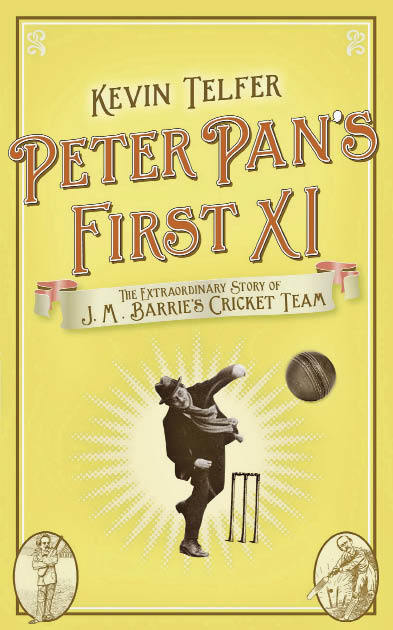The first game played by the Allahakbarries Cricket Club at Albury in Surrey in September 1887 did not bode well for the club’s future.
The first game played by the Allahakbarries Cricket Club at Albury in Surrey in September 1887 did not bode well for the club’s future. One player turned up wearing pyjamas, another held the bat the wrong way round while a third — a Frenchman — thought the game had finished every time the umpire called ‘Over’. The Allahakbarries were skittled out for just 11 runs and under the circumstances it seemed entirely appropriate that the team’s name should have been derived from the Moorish phrase for ‘Heaven Help Us’.
However, the team’s captain, the playwright, J. M. Barrie, was far from discouraged. For Barrie, cricket was about something far more important than winning or losing: it represented a return to a pastoral way of life, a world of childhood innocence, untouched by industry, urbanisation or other contemporary blights. In Barrie’s imagination, the line from Albury cricket ground stretched all the way to Neverland.
Over the next few years, the Allahakbarries may not have improved much — a description of another of their games records that ‘Mr Millet carried out his bat for a finely played 0’. However, the team attracted a remarkable collection of writers, actors and illustrators: Conan Doyle, A. A. Milne, Jerome K. Jerome, A. E. W. Mason, E. W. Hornung and P. G. Wodehouse all played for them, as did Gerald du Maurier, father of Daphne and the original Captain Hook in Peter Pan.
Conan Doyle was by far the best cricketer to have appeared in the Allahakbarrie colours. According to Barrie, he knew ‘a batman’s weakness by the colour of the mud on his shoes’.








Comments
Join the debate for just £1 a month
Be part of the conversation with other Spectator readers by getting your first three months for £3.
UNLOCK ACCESS Just £1 a monthAlready a subscriber? Log in